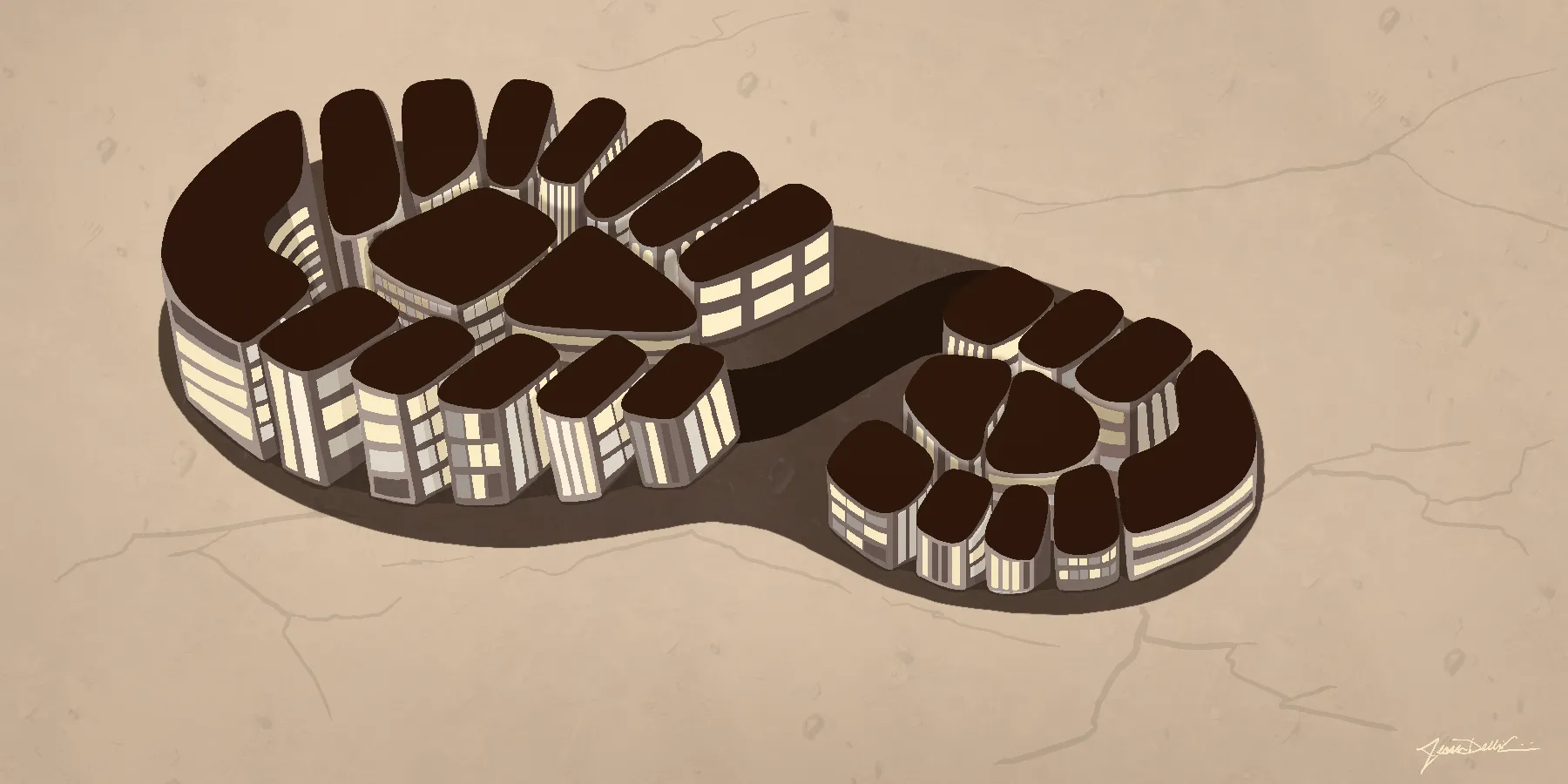In 2020, new attention focused on Black lives and deaths prompted many to call for law enforcement system reform, as police violence has long been a serious public health issue.1 The International Association of Chiefs of Police (IACP) champions progressive, consistent internal reform and changes to law enforcement practices. The IACP also seeks to “advance the policing profession through advocacy, research, outreach, and education to provide for safer communities worldwide.”2 Police officers’ roles seem to have expanded beyond service and protection and, in her current role as IACP president, Cynthia E. Renaud recognizes that police organizations face dangerous, tactically complex incidents in which they must employ new intelligence tools, work within interdisciplinary teams, and interact with persons experiencing crises of mental illness.3 Law enforcement collaboration with health professionals is essential.
Tactical medicine physicians (TMP), colloquially known as SWAT team physicians, offer “medical support to law enforcement and military special operations teams”4 to help maintain “a healthy and safer environment for both law enforcement and the public”5 during tactical operations in which “severe injury to officers, hostages, suspects, and bystanders” is possible.6 TMPs must apply emergency medicine ethics in difficult tactical scenarios: triage, for example, must be employed in responses to emergencies, such as mass shootings, to effectively utilize limited resources. Disasters complicated by chemical, biological, radiological, nuclear, or explosive devices require tactical health personnel to rescue persons in the field and perhaps engage in decontamination or containment.7 Contributors to this issue discuss the nature and scope of clinical ethics in difficult tactical field-based and clinical situations.
Tactical clinicians’ skill sets include giving psychological support to field personnel during crises; assessing whether, when, and how traumatized colleagues should return to work; managing deployment resources (eg, food, water, toilets)5; de-escalating mental illness crises in the field; and informing community safety policy and strategy. Frequent trauma exposure means that posttraumatic stress and moral injury are also risks for police officers, so tactical clinicians must consider community interests when assessing officers’ moral, psychological, and emotional well-being. Here, clinical and police experts consider how to act as trailblazers when responding professionally and ethically in tactical scenarios.
References
-
Addressing law enforcement violence as a public health issue. Policy No. 201811. American Public Health Association. November 13, 2018. Accessed March 16, 2021. https://www.apha.org/Policies-and-Advocacy/Public-Health-Policy-Statements/Policy-Database/2019/01/29/Law-Enforcement-Violence
-
Policing and public health. International Association of Chiefs of Police. Accessed March 15, 2021. https://www.theiacp.org/publichealth
-
Renaud CE. President’s message: the year ahead (November 2020). Police Chief Mag. November 2020. Accessed March 15, 2021. https://www.policechiefmagazine.org/presidents-message-the-year-ahead-november-2020/
- Petit NP, Stopyra JP, Padilla RA, Bozeman WP. Resident involvement in tactical medicine: 12 years later. Prehosp Disaster Med. 2019;34(2):217-219.
-
American College of Emergency Physicians. Policy statement: tactical emergency medicine support. Ann Emerg Med. 2018;71(6):e127.
- Heiskell LE, Carmona RH. Tactical emergency medical services: an emerging subspecialty of emergency medicine. Ann Emerg Med. 1994;23(4):778-785.
-
What is tactical medicine? American College of Emergency Physicians. Accessed March 16, 2021. https://www.acep.org/tacticalem/about-us/what-is-tactical-medicine/




